La Vuelta offers 6 flat stages, 13 hilly or mountain stages, 1 team time trial and 1 individual time trial.
First week
The Vuelta kicks off at Puerto Banus on the Costa del Sol with a team time trial in 7.4 kilometres. The next day stage 2 brings the first top-finish at the Camenito del Rey. Basically this is a newly constructed walkway along the El Chorro gorge, so in fact the finish is at the Alto de la Mesa, a 3rd category climb. In stage 3 the peloton races from Mijas to Malaga for a bunch sprint and the 4th stage brings a tricky finale in the beautiful white village of Vejer de la Frontera.
The first week totals four top-finishes. The toughest is in stage 7, after a 20-kilometres climb in the Alpujarras on a narrow and twisting road.
Second week
After the first rest day in Andorra, the drivers are stretched to the maximum in a stage entirely in the small Pyrenean mountain state. In 138 kilometres stage 11 may not be the longest ever, still the riders are to climb 5,200 vertical metres. The final climb is the 15-kilometre ascent up to Els Cortals Encamp.
That’s basically the way the second week of racing will unfold. Four of six successive stages will bring a top-finish. Apart from the Andorra-stage, stages 14 and 16 are to be feared.
The 14th stage finishes at the Fuente del Chivo, a 21.5 kilometres climb at 5%. The last kilometre is 9% and the steepest section is 19%.
The 16th stage leads to the Ermita del Alba. The ascent is 7 kilometres at 11.2%. The chapel at the top could come in handy since the last kilometre goes up by more than 20%.
Third week
The closing week opens with an individual time trial – 39 flat kilometres in Burgos. Interestingly enough the other stages in the last week are ‘flat’ also – at least, in Spanish terms. This means GC-riders will have to attack in the first two weeks of racing. Another interesting thing will be to see which sprinters have survived the mountains and are able to go for glory in the last stages.
Stage 20 offers four 1st category mountains, so it’s the last chance for GC-riders to do business. However, because the arrival is downhill, it won’t be an easy task.
New mountains in the Vuelta
Old acquaintances like the l’Angliru, Bola del Mundo and Lagos de Covadonga are not in the 2015 road-book. Most top-finishes and mountains in the 2015 Vuelta are new.
The race closes at September 13 with an evening stage to Madrid.
Click here for the full stage schedule.
Vuelta 2015: Route, profiles and more
Click on the images to zoom
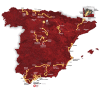
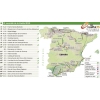


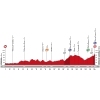
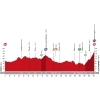
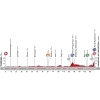
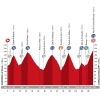
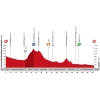
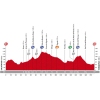
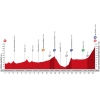
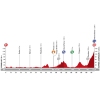
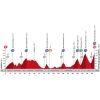
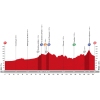
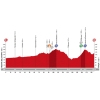
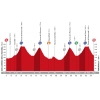
It might be the most balanced and unpredictable of these year’s grand tours. The composition of the route is far away from the established manual. Unusually well mixed stages and inclusive for riders outside the climers club. It’s gonna be nice three weeks of racing.